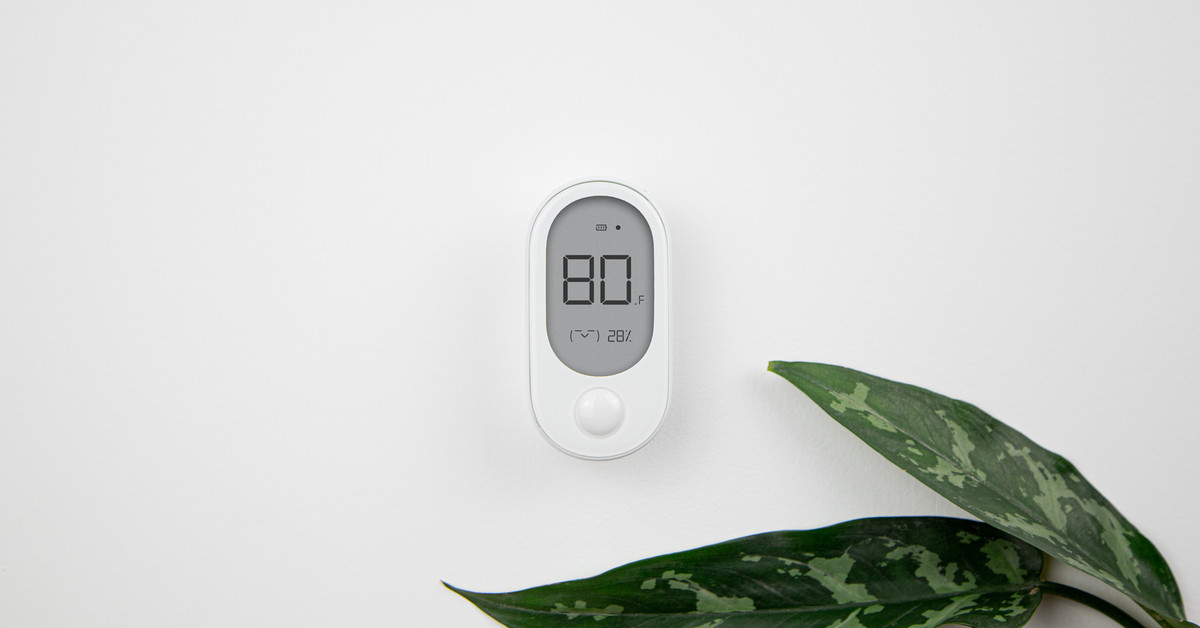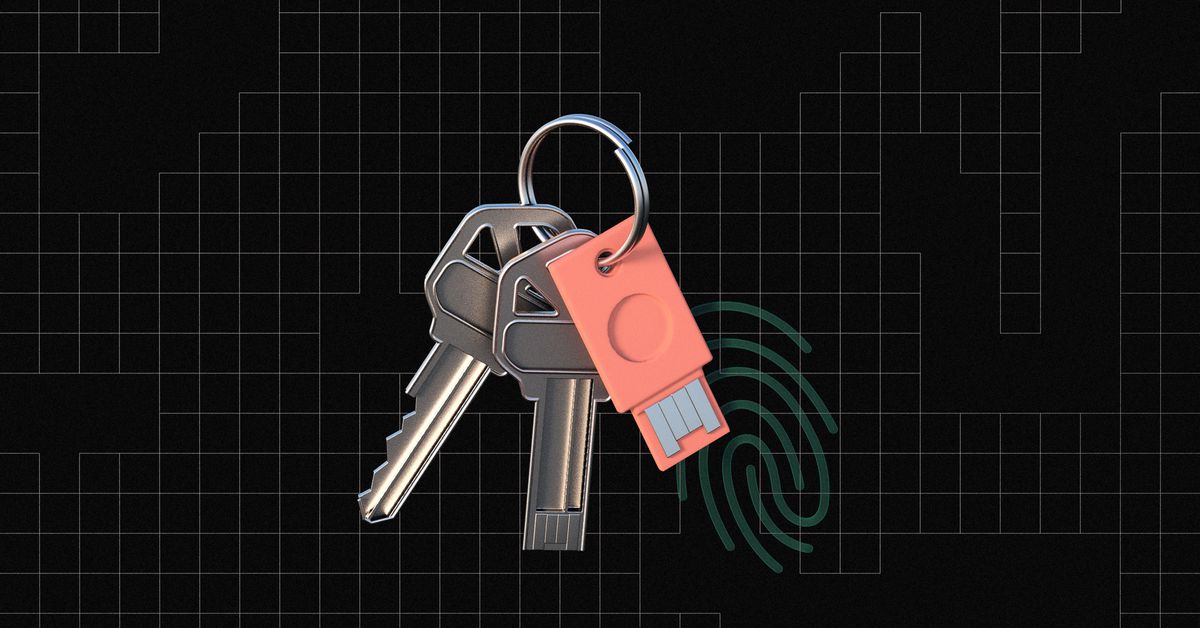Wyze takes on Ecobee, Nest with new room sensors for its smart thermostat
The new Wyze Room Sensor costs $24.99 and detects temperature, humidity, and motion. | Image: WyzeThe long-awaited Wyze Room Sensor launches today. Originally promised in 2021, this is a small, wireless device that pairs with the smart home company’s...

The long-awaited Wyze Room Sensor launches today. Originally promised in 2021, this is a small, wireless device that pairs with the smart home company’s Smart Wi-Fi Thermostat, which launched in December 2020. Designed to optimize comfort in your home and help manage hot and cold spots, the Wyze Room Sensor detects temperature, humidity, and motion. The sensor only works when paired with the thermostat using the Wyze app, so it can’t be used as a standalone temperature monitor.
Each sensor costs $24.99 plus shipping, or $69.99 plus shipping for a three-pack. They can be bought in a bundle with the Wyze Smart Wi-Fi Thermostat ($70.99) for $145.96 (plus shipping).
Room sensors are a popular add-on to smart thermostats to give you greater control over the temperature in each room in your house. The Ecobee thermostats, Nest Learning Thermostat, and Honeywell Home T9 thermostat are some consumer models with the option of wireless remote sensors. While they can help your thermostat cool or heat a room to a specific temperature, they can’t target the temperature in just that room. If a room sensor in the kitchen says it’s too cold, the thermostat will send heat to every room in order to make the kitchen warmer.
:no_upscale()/cdn.vox-cdn.com/uploads/chorus_asset/file/23434200/Wyze_Room_Sensor_8.png) Each Wyze Room Sensor weighs 40 grams and is 5 inches tall. They can sit on a magnetic mount or be attached to a wall with double-sided tape.Image: Wyze
Each Wyze Room Sensor weighs 40 grams and is 5 inches tall. They can sit on a magnetic mount or be attached to a wall with double-sided tape.Image: Wyze
The new Wyze Room Sensors have two main functions: an auto-comfort mode that uses the data from the sensors to keep the rooms you are in at the temperature you want, and a hot / cold spot management system that keeps your whole home at a consistent temperature. This can be set to prioritize energy savings or maximize comfort, or somewhere in the middle.
The auto comfort mode uses the device’s motion sensor to determine which rooms you are using and then averages the temperature readings among them. It then communicates with the thermostat over Bluetooth to tell your heating / cooling system to adjust to that temperature. Using the Wyze app, you can turn specific sensors on or off based on the mode your thermostat is in — Sleep or Home — so that you don’t inadvertently cool the downstairs all night because you grabbed a midnight snack.
The sensors also feature a temperature offset (from 3 to 10 degrees Fahrenheit), allowing for a difference between the thermostat’s reading and the sensor’s reading. A lower offset will provide a more precise temperature in the room while a higher offset gives the system more flexibility and is more likely to provide greater energy savings.
:no_upscale()/cdn.vox-cdn.com/uploads/chorus_asset/file/23434207/Wyze_Room_Sensor_1.jpg) The Wyze Room Sensor shows the current temperature and humidity on its E ink display.Image: Wyze
The Wyze Room Sensor shows the current temperature and humidity on its E ink display.Image: Wyze
An E ink display on the sensor gives a visual indicator of the room’s temperature and humidity and is a feature none of the competition offers. Both Ecobee’s and Honeywell Home’s T9 room sensors measure humidity, temperature, and motion, as do Wyze’s. Nest’s can only measure temperature and only work with the Nest Learning Thermostat, not the newer Nest Thermostat.
Wyze’s sensors are also characteristically cheap — with sensors from competing companies starting at $39.99 compared to $24.99 for Wyze’s. Each Wyze Thermostat can support up to six sensors, which is the same as Nest but fewer than Honeywell (20) and Ecobee (32). The sensors are powered by two AAA alkaline batteries that Wyze says will last up to three years. They come with a magnetic stand for placing on a shelf or table or can be attached to a wall with double-sided mounting tape.
The new room sensors aren’t required for the Wyze Thermostat to work, they are just an additional way to help manage your comfort levels. While we haven’t tested Wyze’s sensors, based on our experience with other manufacturers’ models, room sensors are most useful if you have spots in your house that your heating or cooling system struggles to keep cozy or cool enough.

 KickT
KickT 

























.jpg)




